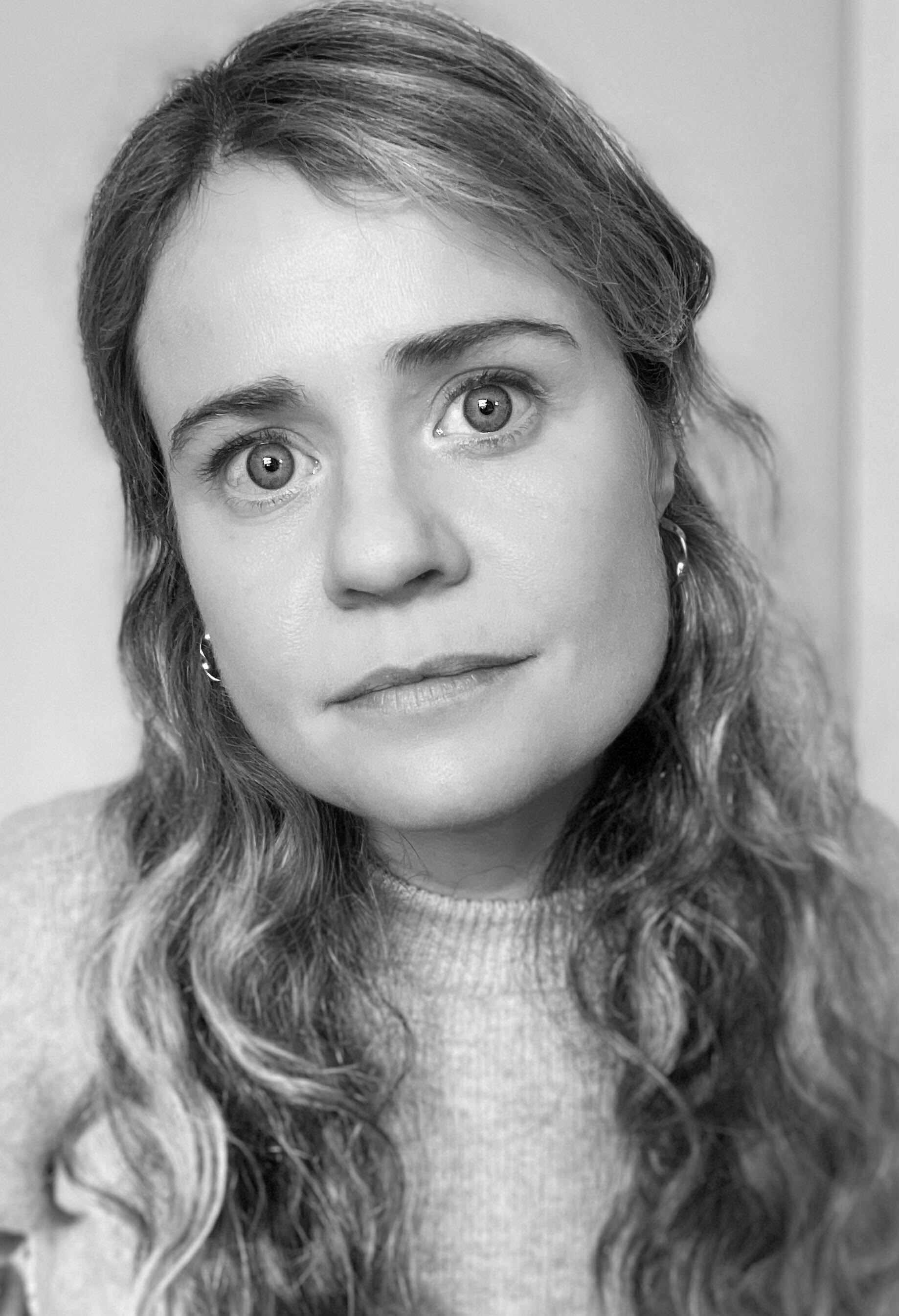Production Possibility Curves (Edexcel IGCSE Economics) : Revision Note
An Introduction to the PPC
The Production Possibility Curve (PPC) is an economic model that considers the maximum possible production (output) that a country can generate if it uses all of its factors of production to produce only two goods/services
Any two goods/services can be used to demonstrate this model
Many PPC diagrams show capital goods and consumer goods on the axes
Capital goods are assets that help a firm or nation to produce output (manufacturing). For example, a robotic arm in a car manufacturing company is a capital good
Consumer goods are end products and have no future productive use. For example, a watch
Diagram: Production Possibility Curve (PPC)

A PPC for an economy demonstrating the use of its resources to produce capital or consumer goods
Diagram analysis
The use of PPC to depict the maximum productive potential of an economy
The curve demonstrates the possible combinations of the maximum output this economy can produce using all of its resources (factors of production)
At A, its resources are used to produce only consumer goods (300)
At B, its resources are used to produce only capital goods (200)
Points C and D both represent full (efficient) use of an economy's resources, as these points fall on the curve. At C, 150 capital goods and 120 consumer goods are produced
The use of PPC to depict opportunity cost
To produce one more unit of capital goods, this economy must give up production of some units of consumer goods (limited resources)
If this economy moves from point C (120, 150) to D (225, 100), the opportunity cost of producing an additional 105 units of consumer goods is 50 capital goods
A movement in the PPC occurs when there is any change in the allocation of existing resources within an economy, such as the movement from point C to D
Examiner Tips and Tricks
You may be asked to draw the production possibility curve (PPC) to show a change in the combination of two goods . Make sure to fully label both axes and use arrows to indicate increase/decrease of two goods
PPC & Economic Growth
As opposed to a movement along the PPC described above, the entire PPC of an economy can shift inward or outward
Diagram: Shifts in PPC

Outward shifts of a PPC show economic growth & inward shifts show economic decline
Diagram analysis
Economic growth occurs when there is an increase in the productive potential of an economy
This is demonstrated by an outward shift of the entire curve. More consumer goods and more capital goods can now be produced using all of the available resources
This shift is caused by an increase in the quality or quantity of the available factors of production
One example of how the quality of a factor of production can be improved is through the impact of training and education on labour. An educated workforce is a more productive workforce and the production possibilities increase
One example of how the quantity of a factor of production can be increased is through a change in migration policies. If an economy allows more foreign workers to work productively in the economy, then the production possibilities increase
Economic decline occurs when there is any impact on an economy that reduces the quantity or quality of the available factors of production
One example of how this may happen is to consider how the Japanese tsunami of 2011 devastated the production possibilities of Japan for many years. It shifted their PPC inwards and resulted in economic decline
Increasing Versus Constant Opportunity Cost
Two different types of opportunity cost can be illustrated using PPC curves
Constant opportunity cost occurs when all of the factors of production used to produce one good can be switched to producing the other good without any loss/wastage of resources
One unit given up one of good results in one unit gained of the other
Increasing opportunity cost occurs when the factors of production cannot be perfectly switched between the two products
One unit given up of one good results in less than one unit gained of the other
Diagram: Increasing Versus Constant Opportunity Cost on PPC

There is a constant opportunity cost between the production of T-shirts and hoodies. But increasing opportunity cost when moving production between consumer and capital goods
Diagram analysis
For a country producing only T-shirts and hoodies, the factors of production can easily be switched between the two products e.g. the same labour and land (cotton) can be used to make both products
Changing production from point F to G decreases the production of T-shirts from 4 to 3 and increases the production of hoodies from 3 to 4
There is constant opportunity cost when production is switched
For a country producing consumer goods and capital goods, the factors of production cannot easily be switched between the two products e.g. the labour required to make a washing machine may not have the skill to produce a robotic arm used in car manufacturing
Changing production from point A to point C results in a decrease of 130 consumer goods but yields an increase of 180 capital goods
Changing production from point C to point B results in a decrease of 120 consumer goods but only yields an increase of 20 capital goods
There is an increasing opportunity cost as production moves closer and closer to any particular axis

You've read 0 of your 5 free revision notes this week
Unlock more, it's free!
Did this page help you?

